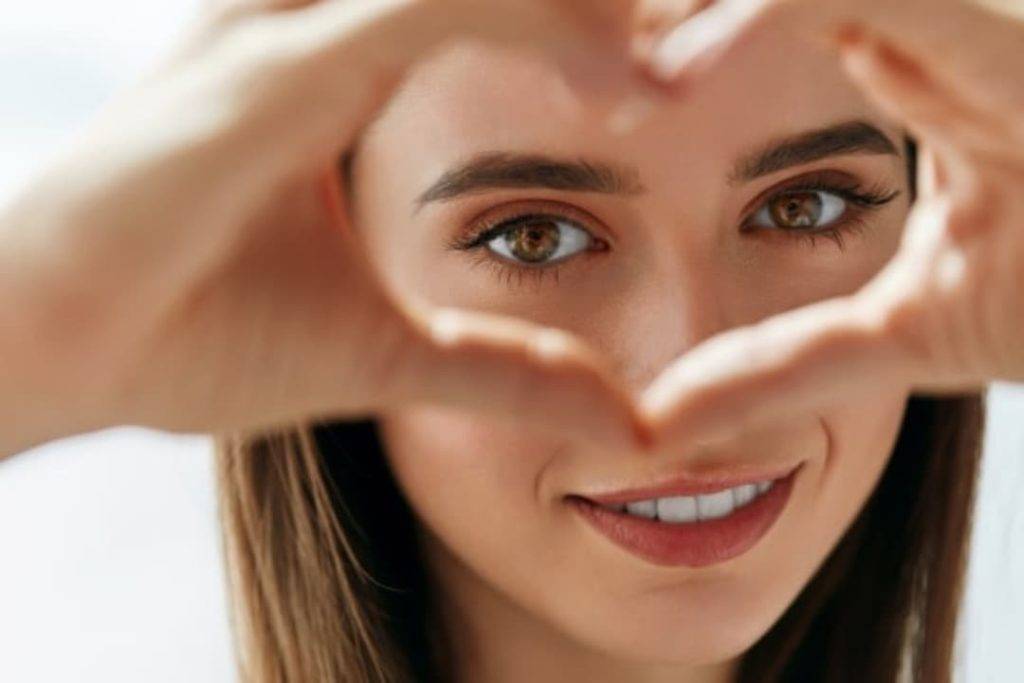Eyes are an important part of your health. Just as it's critical to maintain the health of your body, you must also do eye care to maintain the health of your eyes.
If you are concerned about your fading eyesight that starts to get blurry with age or some other problems related to eye health, perhaps it is time you took a look into how they work and function. This will help clear the confusion of why your eyes are failing and reduce frustration from the lack of understanding as well as you learn how to make better decisions regarding your eye health.
Familiarize yourself with the basic principles of eye function, principles that can help guide your whole eye care routine.
And do not worry, this is an explanation of merely the basics of its anatomy and the physics of light, it will not be too much strain for your eyes!

Read on ahead about the roles of different elements in vision formation to grasp how our eyes work.
You can think of light as a beam of data, in this case, light is a straight line beam that bounces off every inch of space around you in a matter of a fraction of a second. It bounces off our eyes too of course.
This beam of data called light collects data from everything it bounces off and reflects, so what light basically does is it collects data from everything around us and when the data reaches our eyes it is sent to our brain for processing.
The result of our brain’s processing of the data collected by our eyes from the light is what we call vision, fascinating right? The brain and our eyes are after all the two most complex organs in our body.
The less light there is reaching our eyes, the less the data our brains get to process and the lesser the vision which is why we cannot see anything in the dark.
It is actually the outermost layer of the eyes and it is transparent, acting as a protective layer that keeps away dust particles
Try closing your eyes and gently rub them sideways with your index finger (make sure to wash them first), you must have felt a slight bump right? That is the cornea, it is shaped like a dome over our spherical eyeball so that the light is properly projected onto the lens of the eyes.
It is permeable meaning that certain gasses can pass through it which is important because our eyes also get oxygen directly from the air without the use of blood vessels to provide them with the required oxygen.
This is why you cannot keep your eyes open for very long without blinking, the lack of moisture and oxygen will dry up your eyes and it’ll start to hurt.
When needless substances get into our eyes, we tend to automatically blink faster and tear up. This is the body’s automatic mechanism or reaction to try and get those needless substances out of the eyes.
The Iris is the colorful part of the eyes - brown, gray, blue, green, and sometimes others depending on gene variation. It surrounds a black circle called the pupil.
But the pupil isn’t a black circle, it’s actually a hole through which light passes through. It is black because the light that goes into our eyes doesn't come back, so it is actually dark.
With the help of muscles, some we can control and some we cannot, we direct the pupil (hole in the eye) to receive the light of the thing we want to see.
The iris itself comprises tiny muscles that can change the dimensions of this hole, it reacts to the amount of light that reaches our eyes and is not directly in our control.
There is a lens in our eyes that adequately focuses the incoming light and projects it onto the back of the eyes where the retina exists.
There are muscle fibers attached to the lens to hold it in place that changes the shape of the lens according to the distance of the object we are looking at so it will not look blurry.
Sometimes this lens becomes defective or a problem with the retina or even the weakening of our eye muscles causes us to be near or far-sighted.
This is why such people require another man-made lens over our eyes to compensate for the defects of our biological lens. If you think you are one of those people, get an eye exam or a pair of eyeglasses from optical shop near you!
They lie in the back of our eyes and are the screen upon which light hits after being projected by the pupil as well as the lens.
This screen does not produce an image, rather it is but a tissue full of nerves and light receptors that convert light into electrical signals that are carried over to the brain by the optic nerve.
The data is still intact, just that now it travels in the form of electric signals.
As mentioned before, the final act of vision formation is the brain processing all this data to produce our vision!
To learn more about your eyes, visit our blog on eye health.
You can take the actions listed below to ensure are the proper eye care and make sure you are seeing your best:

Eric Johnson is a Kerala-based eye wear expert and entrepreneur. He is one of the directors of Ejones Opticals, a company dedicated to providing the highest quality eye wear products at the most affordable prices. Eric has been in the eye wear business for over 10 years, and has a deep understanding of the industry. He is passionate about helping people look and feel their best through the right eye wear. Eric is committed to using his expertise to create stylish and functional eye wear that is tailored to each individual's needs.
Address: Unity Complex, Payyanur.
Tele: +91 4985205553
Mobile: +91 8921835063
Address: KSRTC Complex, Payyanur
Tele: 04985203554
Mobile: +91 8848195859